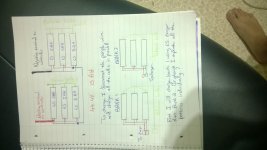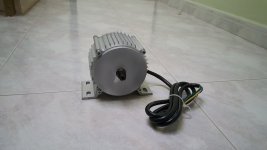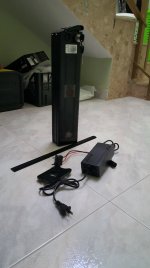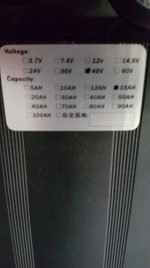Ykick
1 GW
Wise electrician once said: “AC hurts, DC kills!”
Short wire runs its best to avoid excessively high DC voltages. Look up the differences between 250V and 600V fuse. You can see it’s about 2”. Simply put, high voltage can jump greater distances through plain air.
50V-100Vdc is very little real difference other than helping to reduce wire gauge.
But insulate well because if VDC grabs you, it’s very hard to get free since it never crosses 0V like VAC.
Short wire runs its best to avoid excessively high DC voltages. Look up the differences between 250V and 600V fuse. You can see it’s about 2”. Simply put, high voltage can jump greater distances through plain air.
50V-100Vdc is very little real difference other than helping to reduce wire gauge.
But insulate well because if VDC grabs you, it’s very hard to get free since it never crosses 0V like VAC.









